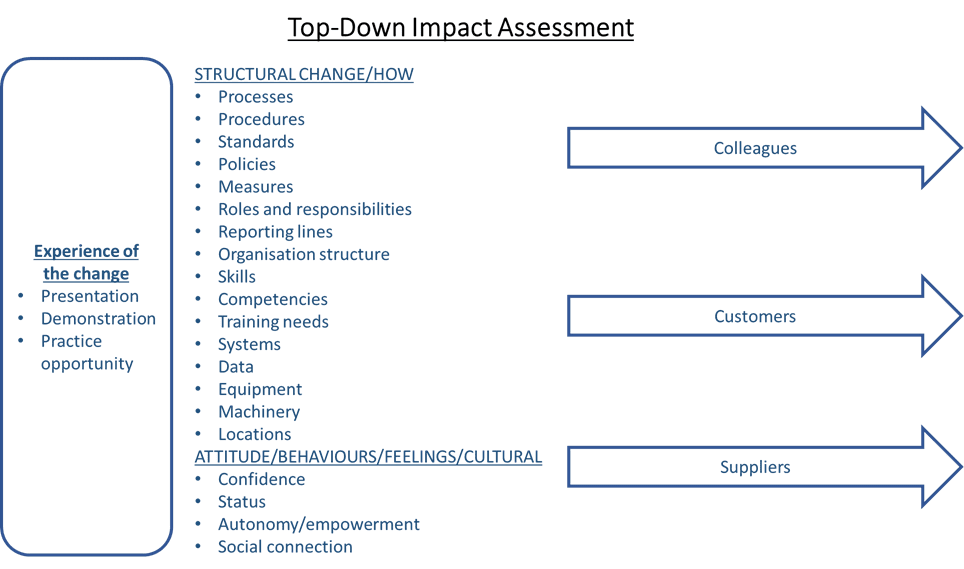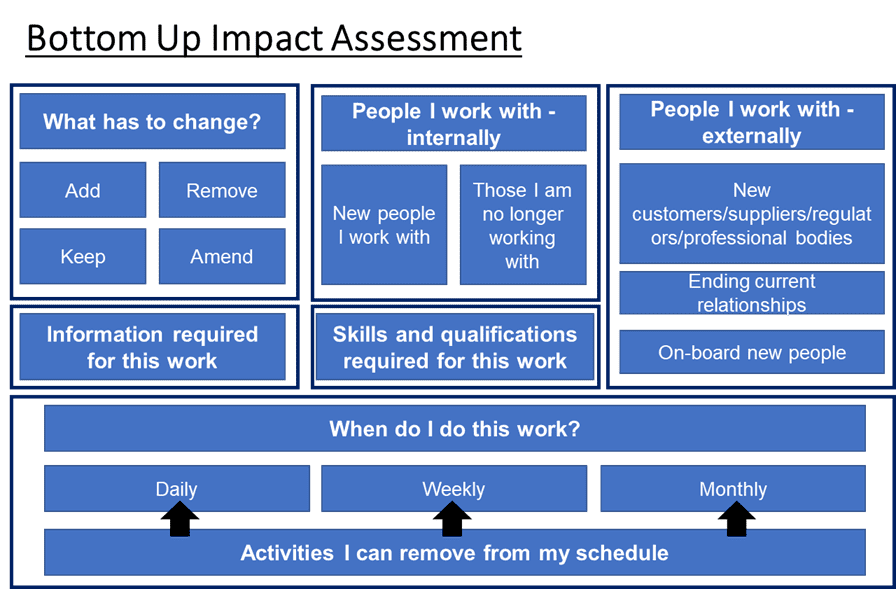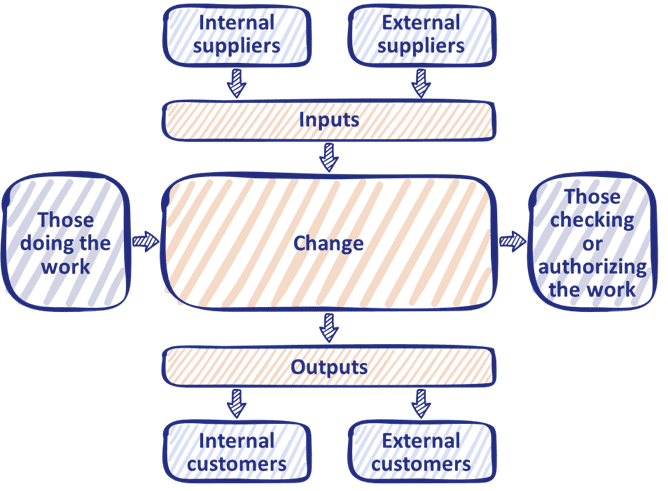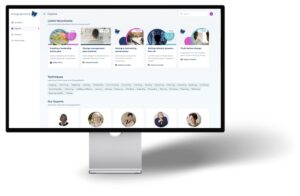Practical Tips for Conducting Impact Assessments
Introduction
To effectively plan how to change our ways of working, we need to understand the intended impact of our change and try to identify potential unintended side effects and consequences. We do this by conducting impact assessments.
5 Tips for Conducting Impact Assessments
These 5 practical tips are my personal lessons learned from conducting several thousand impact assessments over my 30-year career. I hope you find them useful.
1. Do we need to do As Is and To Be?
Perceived wisdom (that I blame on the McKinsey 7S Model from the 1980s) is that to assess the impact of any change, we must first start with where we are now. Too often, however, the amount of effort to capture all the existing processes could be better spent imagining the effects of the change. If your change is truly transformative, how useful is it to match it against what happens now to see the gap? You instinctively know there is a big gap, and that is why your change is transformational – it is a revolution, not an evolution!
I don’t think we should ignore what happens today, I just don’t think we should automatically capture it. It helps to know the scale of the gap because that helps us think about the skills and the resources we will need to make the leap. This gap can be used to generate a sense of reality that the change is really happening and that we are not going to stay where we are now, which can be useful in building motivation for the change.
2. Recognise there are two types of impact assessment
When conducting an impact assessment it is important to understand there are two different types – Top- Down and Bottom-Up. If you confuse these your assessment will not be useful to anyone.
Top-down impact assessment is high level, involving only a few people who are subject matter experts, able to identify the processes, quality standards, KPIs and responsibilities that will need to shift to enable new ways of working.
The purpose of this analysis is to identify the streams of work and to feed the change plan with ideas about the new ways of working that must be created.

Bottom up impact assessment is best carried out by team leaders and local managers with their teams, identifying the specifics of the change. Change cannot happen unless everyone understands what they need to do differently and what old habits they need to abandon. This low-level analysis generates personal ownership of the changes that need to take place.

3. Consider the impact on everyone involved
Too often, we get caught up in our own perspective, but there are often knock-on effects to others outside of those who must change their ways of working. Consider the impacts on customers and suppliers as well as other colleagues upstream and downstream from the primary place of impact.

Review your stakeholder analysis to identify the different views that will give you a full picture of all the consequences of the change. For example, at a university, we are looking at the impact of the change on students, divided into full-time and part-time as they have different experiences of university life. We review the change from the academic viewpoint – lecturers; librarians; researchers, and from the internal corporate perspective – all the shared services, including finance, IT and HR.
4. Feelings are impacts too and need to be considered
It is important to identify the structural and procedural impact of planned changes during your impact assessment, but there are other considerations. Change can impact the confidence, the autonomy and the connection that we have with others.
Make sure your impact assessment includes questions that help those that have to work differently identify the effects new working arrangements might have on how they feel.
5. Conducting an impact assessments is not a one-off task, it is continuous
As we create the change, we have more choice about how we explain the change to those who will have to work differently. We can start early by sharing a presentation – descriptions, examples from other organisations, screen prints, and process flows.

As the change develops, we can build versions which stakeholders can use as a practice, which deepens their understanding of how things will work in the future, which triggers a more detailed appreciation of the impact.
Conducting Impact Assessments with Agile Change Management
At Agile Change Management, we can work together to help you with conducting your impact assessments and with all other areas of managing change within your work place.
Throughout that year, I run several virtual classroom courses to take you through various elements of change and how it can impact your workforce. Take a look at my future courses and contact me for more information.

